It appears by all accounts that we have finally succeeded in flattening the curve on COVID-19, although we are far from dealing with this disease.
Looking just at the number of new cases being reported daily, the CDC’s website shows them still going up, as of this writing[1]. Even so, everyone who is anyone is saying that we’re over the worst of it. I guess only time will tell if they’re right or not.
As the disease and our collective efforts to mitigate its impact continue, it seems clearer and clearer that the total cost won’t be in lives that are lost directly due to the disease. We’re seeing more and more ripples from this pandemic, especially in economic circles. Regardless of how many die from the disease, that will only be a small portion of the total impact.

As of this writing, over 26 million American workers have applied for unemployment in the last five weeks. That’s unprecedented. We are currently at an unemployment rate of over 16%, which ironically means that we have had both the highest and lowest unemployment in 50 years, both occurring in the first few months of 2020. In addition, millions of small businesses are on the brink of failure, if not already failed, due to forced closings or low traffic. If this is any indication of what the rest of the decade will be like, we’d better fasten our seat belts.
The president and a number of stage governors are pushing hard to open back up the economy, so people can get back to work. In response, the Democrat party is declaring that the president and Republicans, in general, are trading lives for money. But the truth is, we’re at a point where it’s not trading lives for money, but lives for lives. If we continue in shutdown mode, we’re going to see the death toll from depression, starvation, and suicide increase; not only here at home, but around the globe.
Not only that but between business closures and supply chains being disrupted, we’re going to start seeing all sorts of shortage, not just toilet paper and disinfectants. Countless products are only manufactured overseas or require components that are made overseas. With shipping down and factory doors closed all over the world, it’s impossible to guess what will become the next shortage.
It’s One Big Supply Chain
One of the things that’s hard to picture is the complexity of our economy. Quite literally, everything is tied in with everything else. When something major happens, it doesn’t just affect Wall Street, it ends up affecting Main Street as well.
Dealing with COVID-19 and the lockdown orders in many states has drastically shifted buying patterns. Not only are countless small stores closed down, but even larger stores that are considered “essential” aren’t seeing the same number of shoppers or the same revenues as before. While total grocery sales volume might be up, due to people stockpiling food, the cost of operating those stores is up as well. It is taking more people to man the stores, between disinfecting, stocking shelves, and dealing with the customers, while maintaining social distancing.
But an increase in purchases of canned goods or meat isn’t going to help the stores in the mall, many of which are small businesses and all of which have employees. Nor does it do much for restaurants, another major segment of our nation’s small businesses. While some are surviving on curbside orders, there are many who have their doors closed, waiting for better days.
Each business that shutters its doors, whether temporarily or permanently means X number of people who aren’t getting paid. That means that they aren’t spending money either, other than what they’re receiving from unemployment and their $1,200 government check. So other businesses don’t receive that income and come closer to the brink of having to close their own doors.
The Biggest Concern… Food
We’ve all seen how empty the shelves have been in our local supermarkets. Grocers across the nation are limiting the purchase of many items, from beans to eggs, not just toilet paper. While these stores are gradually catching back up and slacking off on restrictions, there’s a good chance that we’re going to see another wave of shortages; this time, driven by the inability for suppliers to ship food to market.
As of this writing, roughly one-third of our nation’s meatpacking plants are closed, due to COVID-19. In many cases, enough of the workforce had come down with the disease, that others just stopped going to work. Fear is a powerful motivator and with the lack of accurate knowledge, as well as the fear-mongering going on, there is plenty of fear to go around.
Of course, meatpacking plants aren’t the only ones who are facing serious problems. Pretty much the entire agriculture industry, as well as food manufactures are in trouble. While considered to be essential businesses, many are struggling to stay open.
But that’s not the only problem which is facing the agriculture industry. Many food processors and manufacturers are targeted at providing food to the restaurant industry. That includes school cafeterias, caterers, and other bulk users of food. Those producers can’t just switch over to selling to retail chains overnight, as much as they might want to.
Take eggs, for example. Grocery stores have been running shortages on eggs, so much so, that retail egg prices have increased over the last several weeks. This is even without stockpiling, caused by people eating at home more, rather than eating in restaurants and school cafeterias.
But egg farmers who provide eggs for the restaurant industry can’t sell to retail. The eggs they produce are sold to factories that turn those eggs into liquid egg products, something like Egg Beaters. The farmers who grow those chickens to produce those eggs have long-term contracts with the factories, with all of their production being picked up by factory trucks.
In order to sell their eggs to retail chains, such as grocery stores, the farmers would have to have the necessary equipment to grade and package the eggs. While that may not seem like much, we’re talking tens of thousands of dollars of investment; money the farmers don’t have. In addition, they’d have to build their own flock, raising them up from chicks. That’s tens of thousands of dollars more, assuming they can find the chicks. They can’t run their barns half-full, so they would have to have over $100,000 of money they could afford to speculate with, in order to make that changeover. Oh, and the chicks won’t be ready to produce eggs for at least six months, by which time the whole situation will probably have changed.
So, what’s the result of this? In just the state of Minnesota, over a quarter million chickens have been euthanized in the last few weeks. There are probably many more across the country. But it’s not just chicken farmers who are dealing with this. The same thing is indicative of what’s happening throughout the agricultural industry, especially where livestock is concerned.
I’ve been hearing about pig farmers having to euthanize their pigs for weeks. Keeping those pigs and feeding them is expensive and their farms don’t have room for an ever-expanding herd. Killing them might seem wasteful and even cruel, but it’s better than just shutting down.
It’s not just livestock either. Dairy farmers, faced with the same problem as the egg farmers, are dumping literal truckloads of milk down the drain. Vegetable farmers are forced to plow under crops so that at least the nutrients from the plants might go back into the soil. Cattle ranchers might be a bit better off, as their ranches usually cover huge amounts of land, but allowing the cattle to grow past the prime harvesting point will result in tough meat that they can’t sell.
Global Impact
The impact on our agricultural industry isn’t just going to affect the United States, but the world as a whole. We are the number one food exporter in the world, with our excess going to feed people in countries that can’t produce enough for their population. In some of those cases, that’s a straight cash transaction, as with any other product. But there are also cases where we are providing food to those who can’t afford to buy it.
Johan Swinnen, the director of the International Food Policy Research Institute, has come out stating that there is a high risk of the number of people facing acute food shortages worldwide could more than double due to the COVID-19 pandemic. Currently, there are 135 million people who are at risk of starving to death, but that number could very well reach 265 million people later this year.
With US food production expected to be lower this year than in past years, there is a strong chance that there will be less food available to ship to these countries. Other countries are unlikely to be able to make up for that shortfall, as the COVID-19 is affecting them as well.
Even if people in these countries don’t die directly from hunger, lack of adequate nutrition can cause a host of other medical problems, as well as depression, leading to suicide. We might very well see the global cost in lives from the effects of the pandemic turned out to be higher than from the pandemic itself.
What to Do?
So what does this mean for you and me? Simple; rising food costs and shortages. While we haven’t seen them yet, you can be sure that they are coming. There’s a good chance that we will see food shortages lasting all the way into next year. The produce that isn’t being harvested now can’t be recovered. It’s gone forever. Replacement of that produce means waiting until the next harvest, which in some cases, means waiting until next year.
That may not be as bad with pigs as it is with produce, assuming that pigs are being birthed and growing year-round. But in the case of those egg farmers, it’s going to take them at least six months to start producing once again.
From where I sit, it looks like we can expect food shortages lasting well into next year. There’s no way of telling at this point how bad they are going to get. We might just see increased prices in the store, but it could mean difficulty in acquiring these items. Fortunately for you and me, we are preppers and so we have a stockpile of food to fall back upon. Even so, I’d say it’s time to take a good look at your hole card and make sure you’ve got enough. There’s still time to buy before the next wave of shortages hit.
One difference between what we buy now and what we would normally stockpile is that I think it looks safe to buy fresh and frozen meat, as there is no indication that we can expect power outages, other than those caused by storms. So if you have a big freezer, fill it up now, before the prices go up.
I’d ask you this though; there’s enough problem with people hoarding items right now as it is. Let’s not become part of the problem. Don’t go into your grocery store and try to clean out their supply of ground beef. Rather, make several trips, buying up some each time. That way, we will be leaving something for all those people who don’t have a stockpile.
Likewise, if there’s anything else you need that you don’t have stockpiled, now would be the time to buy it, if you can. As stores open back up for business, we’ll probably see a lot of sales going on. It wouldn’t hurt to take advantage of that. None of us really knows what products may become scarce in the next few months.
Resources
[1] https://www.cdc.gov/coronavirus/2019-ncov/cases-updates/cases-in-us.html





























![[Part 1] What’s After Flattening The Curve](https://www.survivopedia.com/wp-content/uploads/2020/04/2020_04_28_flatten.jpg)
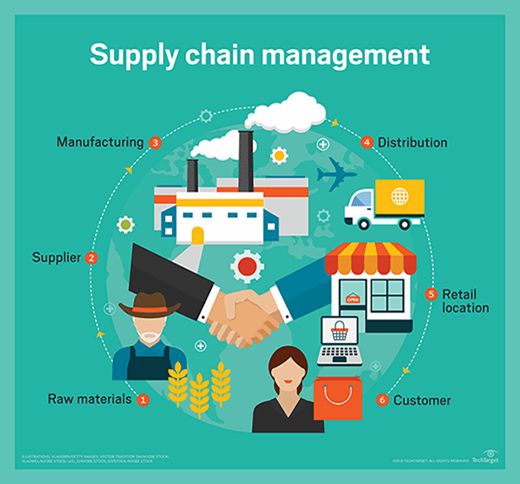
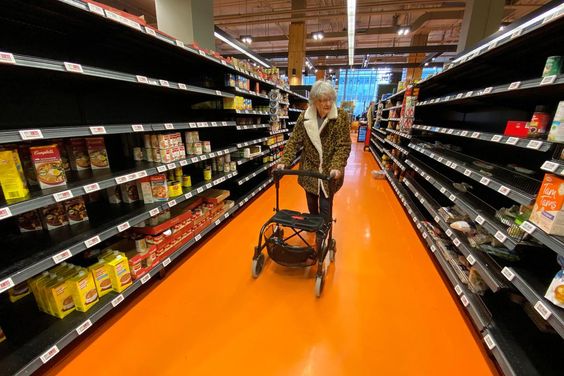
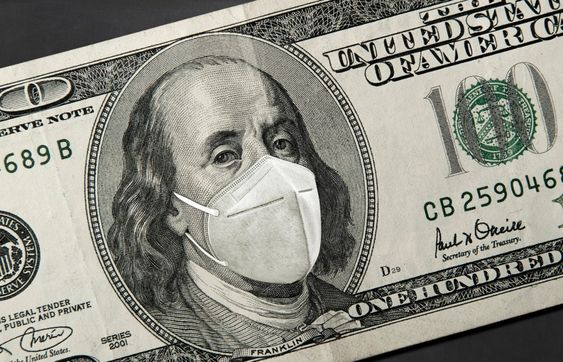
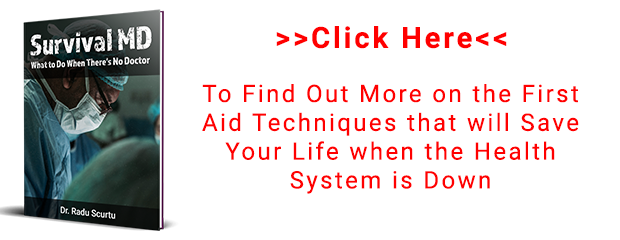
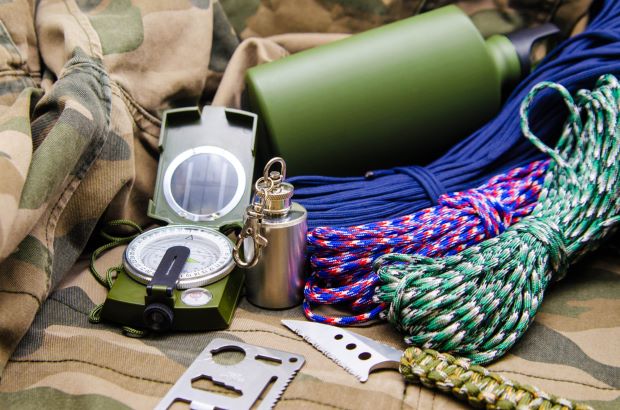























































God in Heaven. This has to be one of the scariest posts I’ve ever seen.
Hunger is no laughing matter. It is the birthplace of wisdom. And, to be honest, I’d rather be a fool and be happy with all the other fools nearby. Not everyone is ready for a large dose of wisdom.
Thank you for this warning. I’ll pass it on.
I agree. Hungry people do desperate things. If we do see major food shortages, who knows how people may react. Most people in modern society have little experience with dealing with a lack of food. We have become so far removed from things, that many people have no idea how to grow a garden or how to deal with food not previously packaged. There be a lot of people who simply can’t cope with a serious food shortage. Time to take a serious look at where we’re at with our food preps. Good luck everyone.